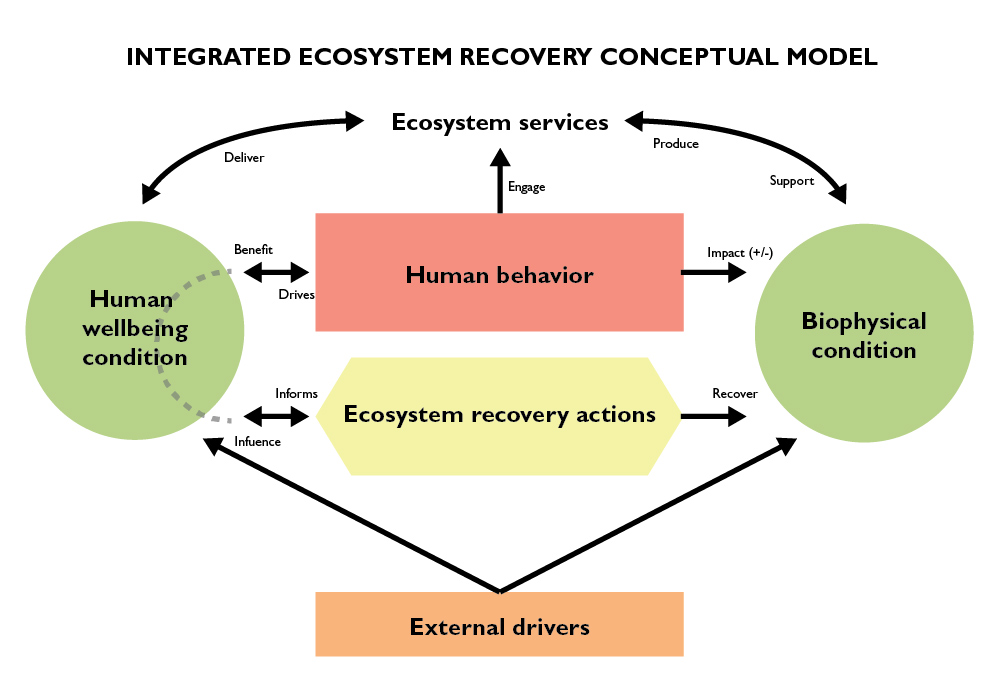HUMAN WELLBEING
Of the Partnership’s six recovery goals specified in Washington State statute (RCW 90.71.300), two address human wellbeing:
- A healthy human population that is supported by a healthy Puget Sound and is not threatened by changes in the ecosystem
- A quality of human life that is sustained by a functioning Puget Sound ecosystem
The Human Wellbeing Vital Signs directly relate to people’s interactions with the natural environment of Puget Sound and include familiar aspects of human health, such as clean air and access to local foods. They also include key measures of psychological and cultural wellbeing, like sense of place and ability to participate in cultural practices related to the environment. View the Human Wellbeing Vital Signs and Indicators for Puget Sound Recovery Technical Memorandum.
The effort to address human wellbeing within the context of our Puget Sound recovery goals falls within a broader attempt to better understand the full spectrum of roles that people play in ecosystem recovery. Understanding the human dimensions of Puget Sound recovery helps to ensure a more complete, holistic, and ultimately more successful approach to achieving ecosystem goals.
An Integrated Conceptual Model for Ecosystem Recovery provides a framework for understanding the diverse roles that people play in Puget Sound health. The balanced design of the model gives equal importance to the conditions of human wellbeing and ecosystems, showing that we can’t have one without the other. You can learn more about the Integrated Conceptual Model for Ecosystem Recovery at the Encylopedia of Puget Sound.
